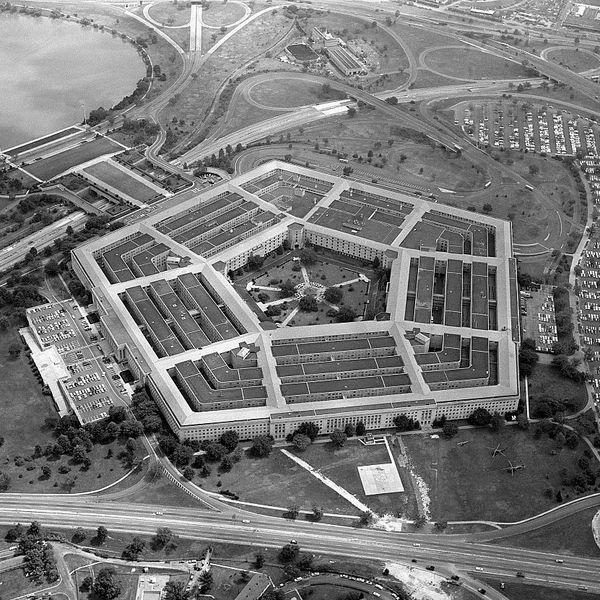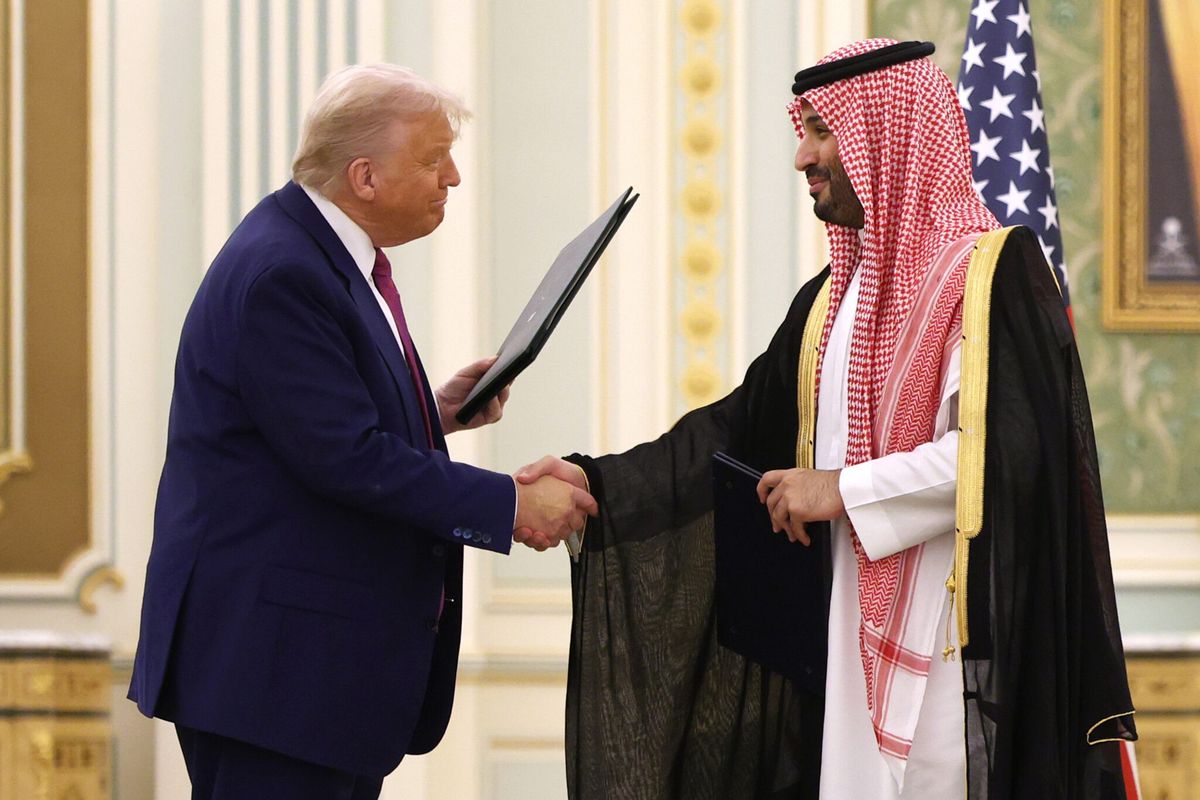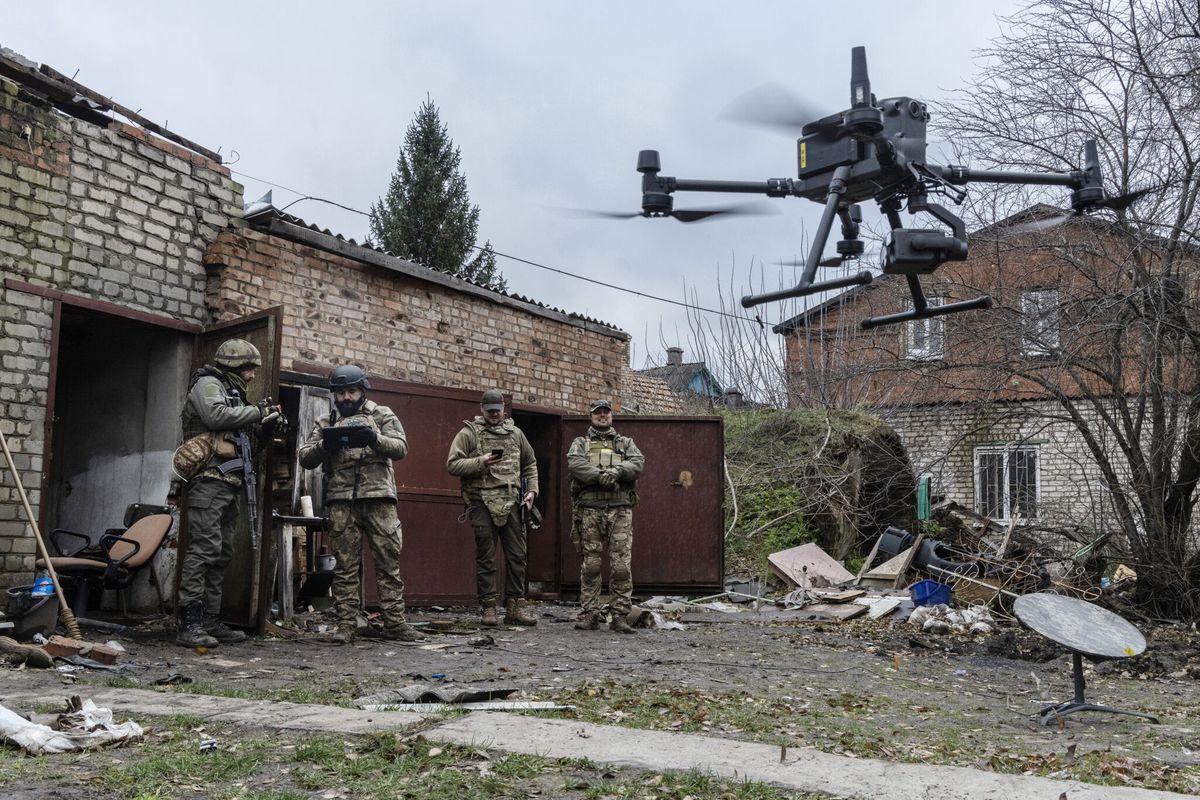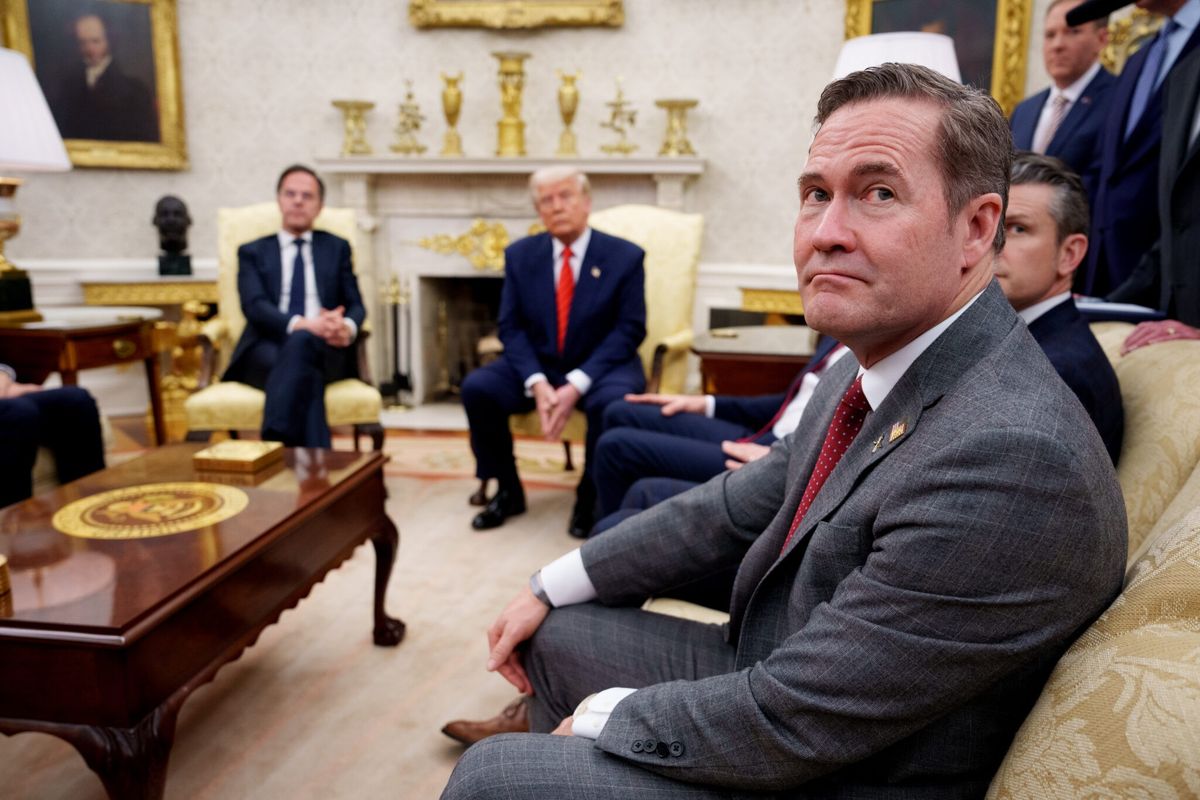EXPERT Q&A – CIA veteran Sheetal Patel helped stand up and then lead the spy agency’s Transnational and Technology Mission Center in 2022, at a time when there was no longer any denying that more outreach to the private sector and a better grasp of the technologies that were available had to become more of a focus if the agency was to maintain its strategic advantage. Patel retired earlier this year after a 25-year career at the agency – and Cipher Brief CEO Suzanne Kelly spoke with her about how the agency’s technology mission has evolved.
Excerpts from their conversation follow below. You can listen to the full conversation on the CIpher Brief's State Secrets podcast.
The Cipher Brief: Let's start with the job that you had until recently – assistant director for CIA for Transnational and Technology Mission Center. What were some of the factors that led to the development of this center?
Patel: In 2021, when CIA Director [William] Burns came in, he did a strategic review – How is the agency positioned on workforce? On China? On technology? – which ultimately resulted in a China Mission Center being set up, and the Transnational and Technology Mission Center (T2MC) being set up and having a chief technology officer. In our case, what it involved was looking at technology in a different way – looking at emerging technology, and what is the entire ecosystem of the technology? What is the national security nexus of those technologies? And how do we ensure there's not a technical surprise? We were also tasked with really synchronizing and harnessing the private sector aspect of those technologies, having partnerships with them, and really having conversations about where do we see adversaries in this tech space, and where do our private sector colleagues see it, and where do they think that global strategic competition is.
And so that's what the mission center did. We stood it up, and I think every organization, when you stand it up, you need to continue to evolve it. So there will be some evolutions to the mission center and some changes and that's all good, as long as we continue to focus on the emerging technologies. And some of those are really critical. It's going to drive how we compete with the People's Republic of China.
The Cipher Brief: That's such a hugely important topic right now, particularly with all the conversation about China and the technology race. What was it like from the perspective of the agency? The CIA has traditionally not – although it's changed in the past few years – been one to talk about outreach with the private sector. It was very closed off. How did you see some of the early stumbling blocks to introducing some of these private sector partners, to working with them, and to really opening up a new level of transparency?
Patel: I think the private sector is full of patriots. It has not been hard to have those conversations. But there's always a risk calculus. And private sector companies have shareholders. They have boards. We're not exactly the organization you want to be waving around, saying we have a relationship [with the CIA]. But I think most people will lean in and have conversations. And in the mission center, what we had that gave us some unique leverage was we had our energy experts, our econ experts, who looked at global supply chains, energy markets, oil markets, and those are all things that are of interest to the private sector. It was just a matter of figuring it out.
The intersection of technology, defense, space and intelligence is critical to future U.S. national security. Join The Cipher Brief on June 5th and 6th in Austin, Texas for the NatSecEDGE conference. Find out how to get an invitation to this invite-only event at natsecedge.com
The Cipher Brief: When you look at where we are today, and the rapid pace of technological development, does that alone make you nervous, when you see how fast U.S. adversaries are using technology and the ways in which they're using it?
Patel: I'm not a panicker by nature. I think it is something to be concerned about, that the pace is really dizzying, and sometimes catching up to the consequences or implications of that technology lags a little behind. And so that was one of the things that we were trying to do as an organization: how do we get ahead of some of these things that could surprise us? Because technology is – if you look at AI – it's a great equalizer. Terrorists can use it for disinformation. They can enhance messaging and propaganda using publicly available online tools. I do think we have the best talent though – still – in the world, along with our allies and partners. There is a little cause to worry, but there's also technology that can really help us do things that we have not been able to do before.
The Cipher Brief: You're looking at an adversary like China that controls their private sector and has the ability to reach in and pull data out and use it without anybody's permission. How is that a challenge overall to the mission at the agency, when you know that the adversary, because of the way they do things differently, gives them a natural advantage?
Patel: We have a natural advantage too, in that we have an open society. And you don't see a lot of people around the world saying, I want to be like the Chinese government and the Chinese private sector. There's a lot more of, We want to be on the Western model side. But for CIA, human intelligence is the bread and butter of the mission and that's not going to change. I mean you can have ubiquitous technical surveillance that makes it a little bit more complicated, but it doesn't make it impossible. And the need for human intelligence is not going to go away, no matter how much technology is there. There's always going to be a need for a human to tell you about plans and intentions, or a human to help with some clandestine operation.
The Cipher Brief: You had such an interesting career, for 25 years. Can you walk us through what the world was like when you began your first job at the agency, some of the shifts that you've seen over those two and a half decades?
Patel: I came in as a military analyst and I was covering South Asia and everybody lived in their little stovepipes. I worked very closely with my operational colleagues, but we wrote our pieces for policy makers, sometimes got feedback, sometimes didn't, and then worked through things at that time that were considered huge issues. I worked through a couple of South Asia conflicts which teach you how to work fast, how to write fast, and how to make sure you find the stakeholders. I think anybody who works through a crisis understands – I need to find the best that is out there, and make sure we get the best information to policymakers.
At that time though, there wasn't a lot of what I would call integration of effort. It's changed post-9-11. The Counterterrorism Center was created, which had analysts, operators, and targeters all working together. And that became the model later.
I think it's a little bit more of an integrated workforce now, but there’s still the individual expertise. Because you don't want to blend the expertise – there's only certain people who are going to be trained to do certain things, and they have to be the best in their tradecraft. The tradecraft matters. And the tradecraft for operators and the tradecraft for analysts and the tradecraft for technologists are all different.
But you have to understand all of that if you're going to lead those people. And I think that's what's changed. Leaders are required to understand all the different directorates a little bit more. But I think it ultimately gives you an ability to support policymakers and a better ability to support operations.
The Cipher Brief: You served at a time when you knew what the threats were. You knew what the war was. You knew what intelligence you needed to gather. And now it feels like so many experts on national security are pointing to the fact that they believe we're now already in another kind of war, a new Cold War, where technology is really at the center of this. How have you seen that change? And I guess more importantly, where do you see that going?
Patel: I think the agency is evolving and has been evolving to try and meet those challenges. I think it's going to be difficult. Because a lot of that innovation is going outside. It's going to make it much more important that we have an intelligence advantage, that we work with allies and partners, this is going to be a team effort. It's not an individual effort. That's what we have been saying for the longest time. And the team now also includes the private sector. It's just looking at all the different companies that are out there. Part of the battle space is the private sector.
The PRC has had a very long and illustrious record of stealing IP, of recruiting talent away, putting talent into U.S. companies, research and academic institutions. They have gotten a lot of information because we are an open society. And there's a lot in this tech battle that they have doubled down on.
And so that's why I think it is a team effort. We're slowly getting there, but there's always a different issue. There's now critical minerals and rare earths – not a new topic, something that had been looked at for years, but it's at the forefront now. Then AI is at the forefront, and then you have next-generation power and next-generation communication. So there are so many different things that the entire U.S. government has to be focused on.
The Cipher Brief: Most of the innovation today is happening in the private sector. The government is using that innovation in very creative ways to attack the mission and to inform policymakers and other things. But that innovation is happening in the private sector, and it seems like there has to be a lot more trust built around the agency, so that it's not considered a secret shadowy thing.
Patel: There's been a lot more public-facing agency presence in the last five to six years. There's a lot more LinkedIn, there's a lot more public speaking, and I think that's deliberate and it's getting out there, but I think there's also a global aspect to the agency and anybody who works there. There's a viewpoint on how adversaries think, how they operate, that is now being shared or technology and that's being discussed across the board. I had some amazing colleagues who are out there speaking on digital innovation, science and technology. I think you're seeing that evolution and it's going to continue to happen.
The Cipher Brief is committed to publishing a range of perspectives on national security issues submitted by deeply experienced national security professionals. Opinions expressed are those of the author and do not represent the views or opinions of The Cipher Brief.
Have a perspective to share based on your experience in the national security field? Send it to Editor@thecipherbrief.com for publication consideration.
Read more expert-driven national security insights, perspective and analysis in The Cipher Brief












